Williams Advanced Engineering (WAE) has applied its wealth of motorsport and supercar engineering experience to develop a new performance-oriented electric-vehicle platform aimed specifically at low-volume sports-car makers.
The composite skateboard-style architecture, called EV-R, is described as a lightweight, high-power and super-stiff basis for electric sports cars from niche brands that want to take advantage of the quicker and more cost-effective process of developing a car on an existing platform.
EV-R is an alternative to the similarly conceived architecture WAE revealed in 2017. Called the FW-EVX, that was a scalable skateboard devised to show car makers a comparatively efficient means of launching electrified vehicles without going through the costly process of re-engineering existing models or developing a new, ground-up architecture
The more hardcore EV-R platform operates according to a similar principle and will allow the smallest and newest sports car manufacturers to enter the EV market without the need to invest on the same scale as bigger players.
One such company is Austria-based Deus, whose 2169bhp, 1475lb ft Vayanne hypercar, which could soon be declared officially the most powerful road car on sale, is set to enter production at WAE partner firm Italdesign’s factory in Turin, Italy, in 2025.
While precise details about its architecture were kept under wraps when it was revealed in New York earlier this year, it has now been confirmed that it will use the EV-R platform, as WAE details the new hardware at this year’s Cenex low-carbon vehicle show at Millbrook.

In this luxury-focused hypercar application, the EV-R structure is equipped with a motor on each axle for four-wheel drive, to propel the Vayanne from 0-62mph in just 1.99sec and on to 248mph. Its main appeal, however, was that it allowed the Vayanne to sit low and adopt a mid-engined-style silhouette and cabin position while prioritising long-distance refinement.


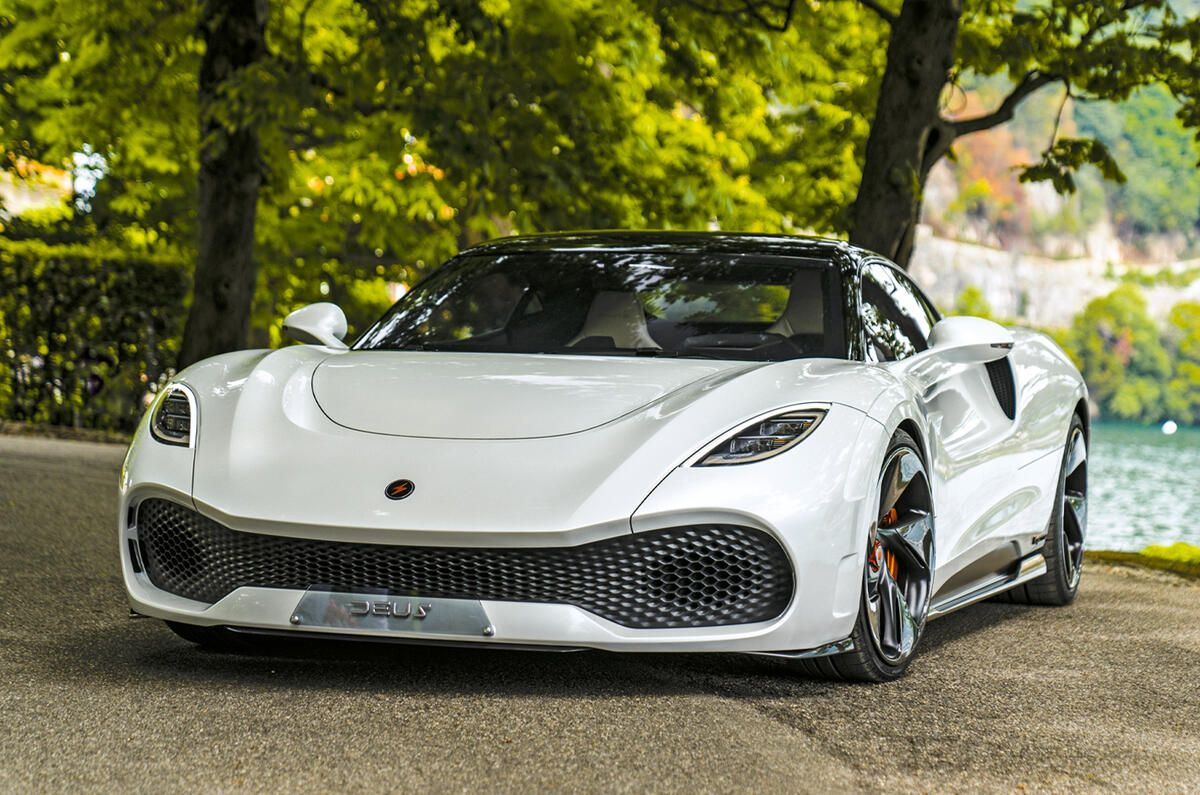
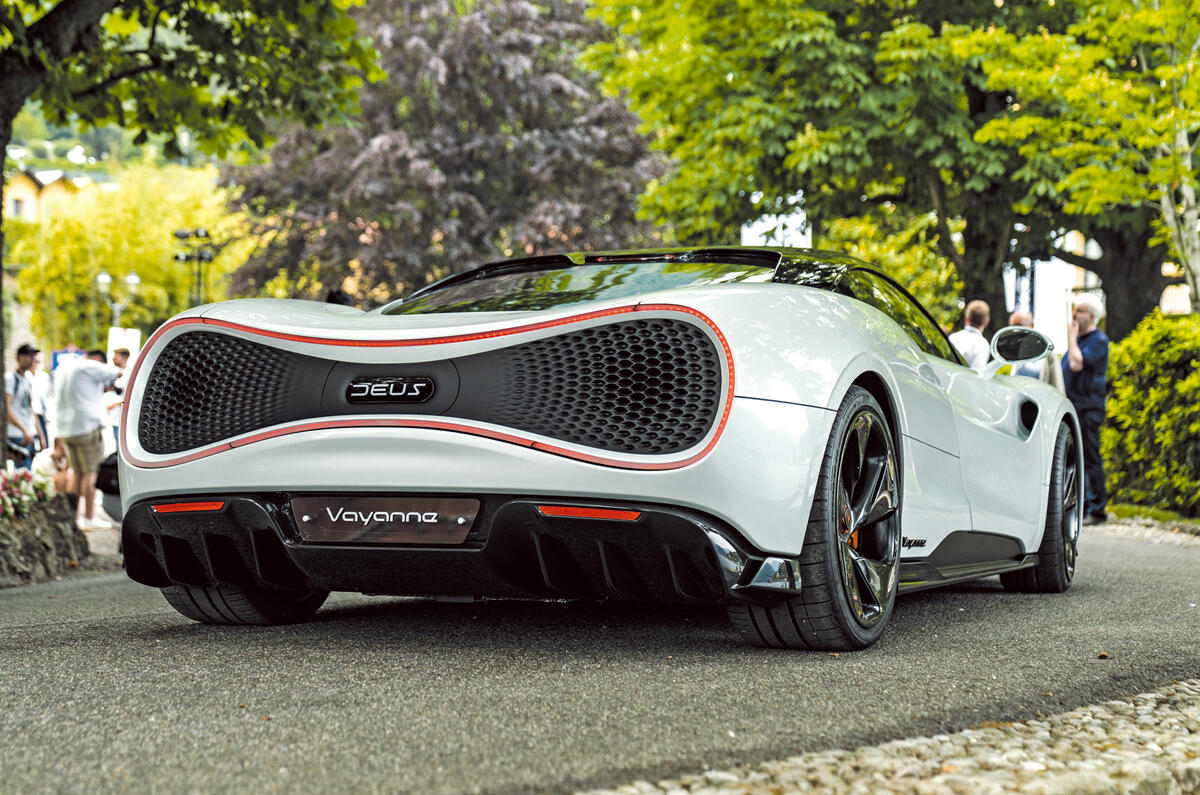
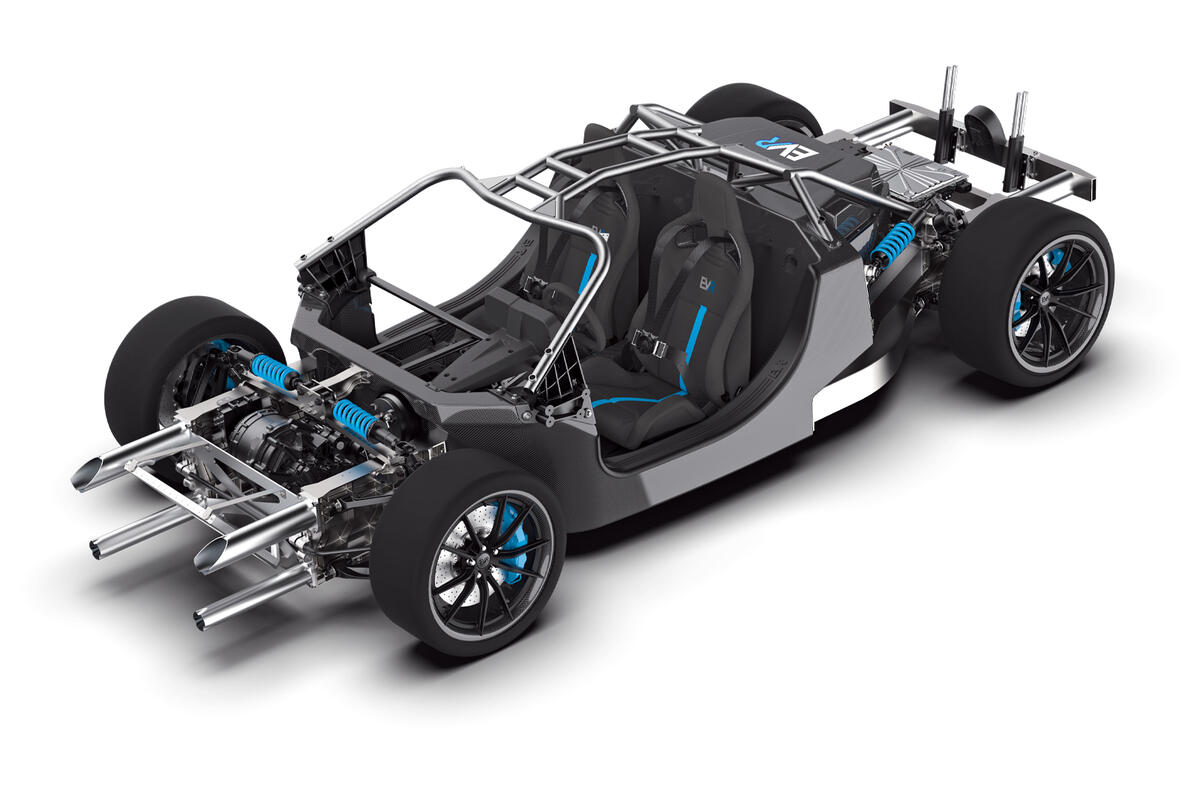
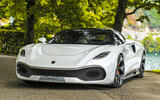
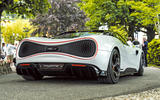
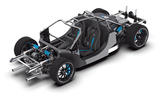


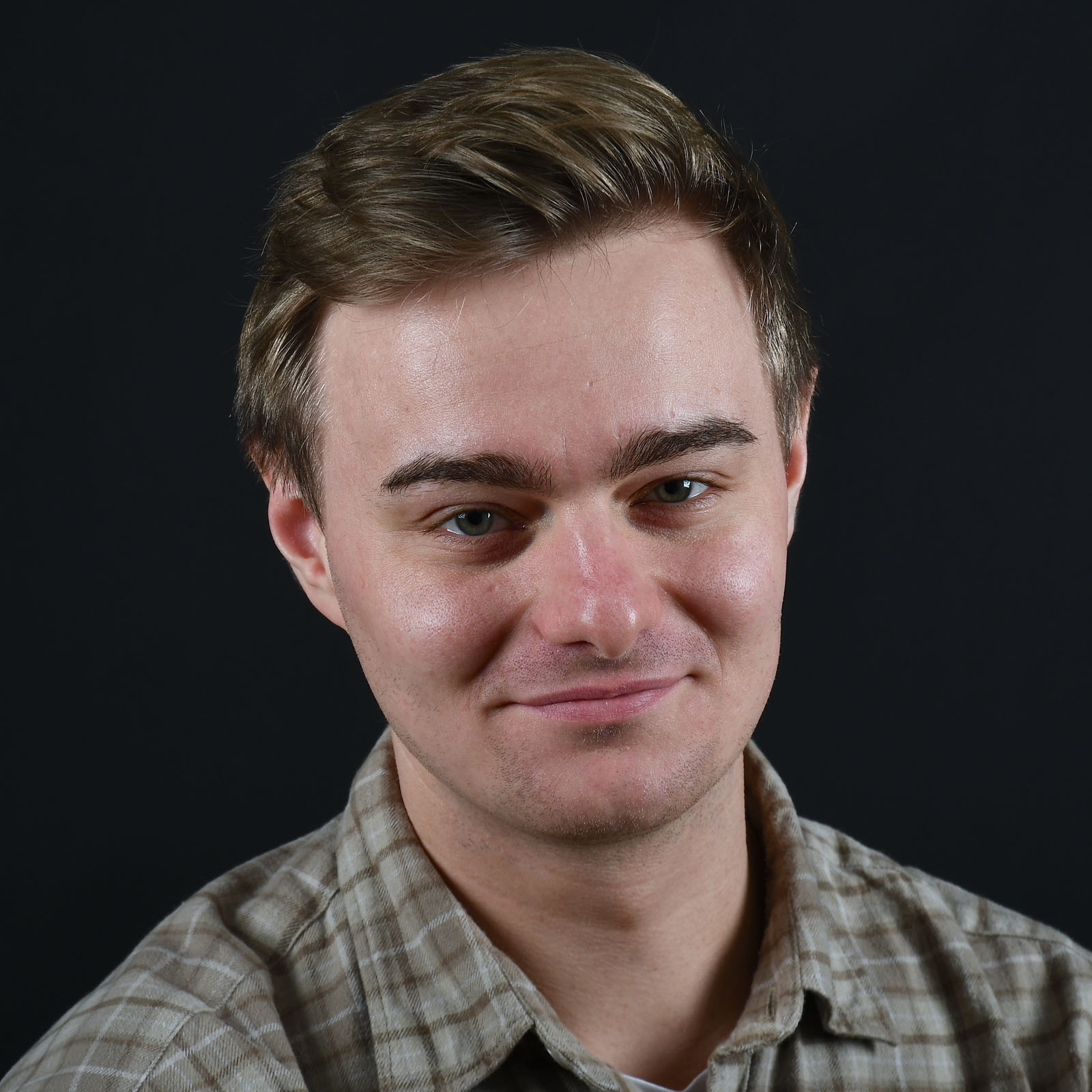





Add your comment